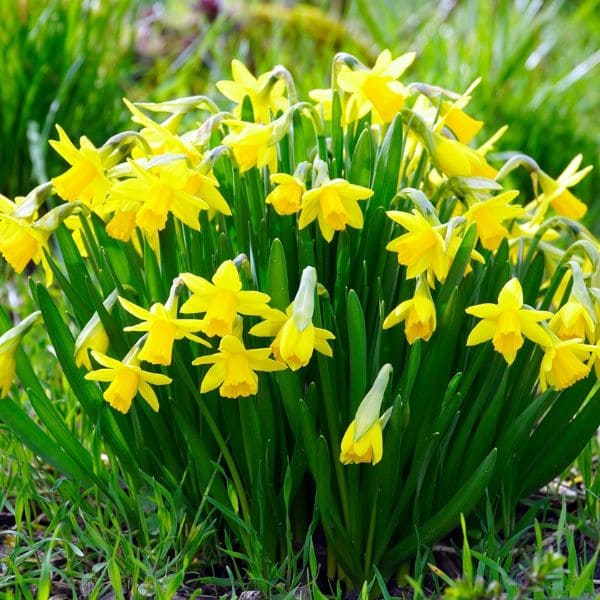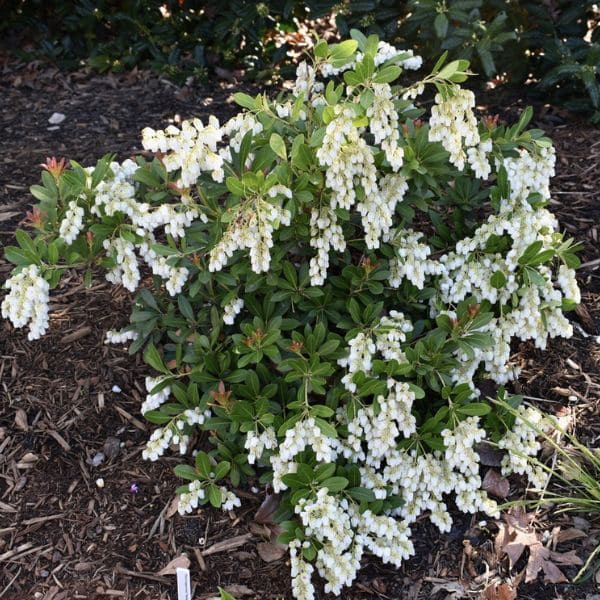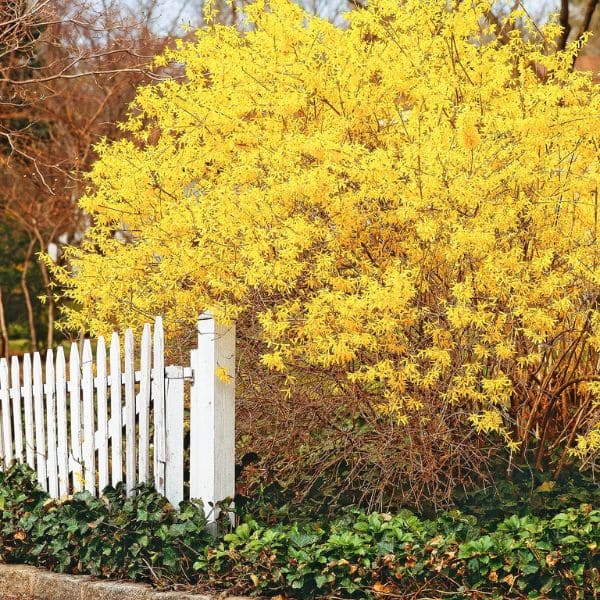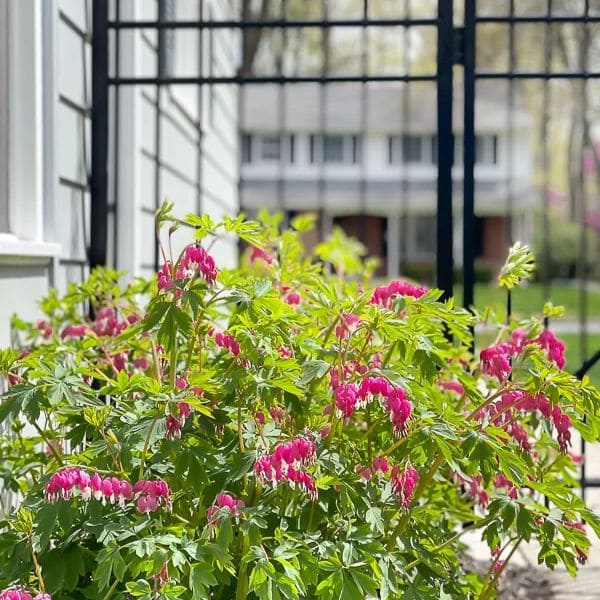If you’ve ever stepped into your garden only to discover your prized blooms and lush greens chewed to bits, you’re not alone. Gardeners across the country know the heartbreak of waking up to find their vibrant landscapes turned into an overnight salad bar for hungry deer. These elegant yet destructive visitors can undo months of effort in mere hours, feasting on tender shoots, delicate flowers, and carefully tended vegetables.
But before you give up and install an electric fence, consider this: the solution may lie in working with nature, not against it. By planting deer-resistant flowers, shrubs, and herbs, you can create a stunning, flourishing garden that deer will politely ignore. It’s not about exclusion—it’s about smart selection.

Start With Smart Plant Choices
Many plants naturally deter deer thanks to their strong scent, bitter taste, rough texture, or toxic compounds. Daffodils are a great example. These cheerful spring flowers are not only beautiful, but they also contain alkaloids that deer find unpalatable. Once established, daffodils thrive with minimal care, needing only occasional watering and deadheading. They’re ideal for borders, lawns, or woodland edges.
Japanese Pieris offers another level of protection with its glossy foliage and cascading clusters of white or pink blooms in early spring. Native to East Asia, this evergreen shrub contains compounds toxic to deer and thrives in partial shade and acidic, well-drained soil. It’s perfect for creating structure in shaded areas of your yard.
Barberry shrubs make a bold visual impact with their deep red foliage and sharp thorns—two features that send deer packing. They produce small yellow flowers and red berries, adding color and interest year-round. Barberry is great for hedges or as a bold accent in the landscape.
Shrubs and Perennials That Stand Strong

Forsythia, with its early-spring burst of bright yellow flowers, is another great choice. Its fast-growing nature and bitter taste deter deer naturally. With very little maintenance beyond annual pruning and watering during dry spells, this shrub earns its place in sunny borders and informal hedgerows.
Bleeding Heart is a favorite for shaded areas. Its delicate, heart-shaped pink or white flowers are enchanting, but its isoquinoline alkaloids make it less appetizing to deer. Just be sure to water regularly and allow the foliage to die back naturally after blooming.
Tickseed (Coreopsis) is a cheerful and hardy perennial that blooms in bright yellows, pinks, or reds. With fine, fern-like foliage and a bitter taste, it’s largely avoided by deer. Deadheading will keep it blooming all season long, making it ideal for wildflower gardens and pollinator borders.
Astilbe, with its feathery pink, red, or white plumes, adds texture and color to shady spaces. Its rough, fibrous leaves make it unappealing to deer, while its preference for moist soil makes it a great choice near ponds or shaded beds.
More Tough Beauties to Consider

Baptisia, or false indigo, features tall spikes of indigo-blue flowers and thrives in sunny to partly shaded areas. Its bitter taste and toxic alkaloids keep deer at bay. Once established, it’s drought-tolerant and low-maintenance—perfect for native plant gardens or prairie-style landscapes.
Columbine is another lovely perennial that deer avoid thanks to its cyanogenic glycosides. With uniquely spurred blooms in a rainbow of colors and delicate, fern-like foliage, this flower is ideal for rock gardens and shaded borders.
Salvia is a go-to for sunny gardens and deer resistance. Its fragrant, spiky blooms and aromatic foliage make it both beautiful and effective at deterring grazers. Plus, it attracts pollinators like bees and butterflies.
Lavender, too, earns its place for its beauty and function. Its powerful scent and compounds like linalool and camphor make it an excellent deer deterrent. It thrives in full sun and sandy soil and doubles as an herb for culinary and aromatic use.
Standouts in Texture and Scent

Russian Sage offers tall, airy lavender-blue blooms and a strong scent that deer dislike. It’s drought-tolerant, low-maintenance, and beloved by pollinators.
Yarrow, with its feathery foliage and clustered flowers, also repels deer due to its alkaloids and bitter taste. It’s a medicinal plant that thrives in sunny spots and adds soft texture to garden beds.
Lamb’s Ear, with its thick, fuzzy leaves, is a textural wonder that deer find unpalatable. It’s drought-tolerant and perfect as a groundcover or border plant.
Peonies offer fragrant, lush blooms and glossy foliage while resisting deer due to their mildly toxic and bitter components. They’re a classic garden favorite that adds drama and beauty to any bed.
Pollinator-Friendly and Deer-Resistant

Coneflowers (Echinacea) provide daisy-like blooms and sturdy stems. Their hairy texture and compounds make them unappealing to deer while attracting beneficial pollinators.
Bee Balm, with its vibrant flowers and aromatic leaves, repels deer thanks to essential oils like thymol and carvacrol. It thrives in sunny or partially shaded areas and makes a fantastic addition to wildlife-friendly gardens.
Structural and Functional Choices

Boxwood is a classic evergreen with dense, glossy foliage. Its leathery leaves and strong aroma deter deer, and its structural appeal makes it great for hedges, borders, or topiary.
Catmint (Nepeta) is a deer-resistant herb with a pleasant scent and a relaxed, mounding form. It thrives in sun or part shade, producing waves of lavender-blue flowers from spring to fall.
Sedum, a succulent with fleshy leaves and clusters of star-shaped blooms, resists deer due to its waxy texture and bitterness. It’s perfect for rock gardens, containers, and even green roofs.
FAQs: Your Garden, Deer-Free
Why choose deer-resistant plants?
They allow you to maintain a thriving, beautiful garden without constant worry or the need for repellents and fencing.
Can I mix these plants with other favorites?
Absolutely! Use deer-resistant plants as a protective perimeter or as anchor species in mixed borders.
How should I care for these plants?
Most require well-drained soil, full to partial sun, and occasional watering. Many are drought-tolerant once established.
How can I store harvested flowers or herbs?
Cut flowers like lavender and peonies can be dried or displayed fresh. Herbs like catmint and lavender also store well for culinary or aromatic use.
Final Thoughts
Dealing with deer doesn’t mean giving up your garden dreams. With thoughtful plant choices, you can enjoy a stunning, low-maintenance landscape that’s naturally protected from grazing wildlife. By selecting flowers and shrubs that deer naturally avoid, you’ll spend less time worrying—and more time enjoying the beauty of your outdoor space.





